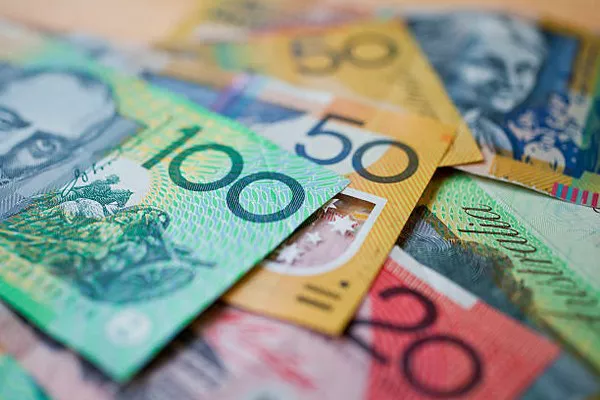During the European trading hours on Friday, the AUD/JPY pair maintained its position around 103.70 as the Australian Dollar faced downwards pressure driven by recent contradictory economic indicators from China. The close trade partnership between Australia and China has heightened the market’s sensitivity to any shifts in the Chinese economy.
China reported a 2.3% year-on-year increase in Retail Sales for April, slightly below the previous month’s 3.1% and the expected 3.8%. While this marks continued growth in retail activities for the 15th consecutive month, the pace of expansion has notably slowed. On the flip side, Industrial Production in China showed a robust 6.7% year-on-year improvement, surpassing both market expectations of 5.5% and the previous recording of 4.5%.
Adding to the pressure on the AUD, Australia’s employment figures released on Thursday painted a mixed picture. The Wage Price Index for the first quarter saw a modest 0.8% increase, falling short of the anticipated 0.9% rise and signaling the slowest growth rate since late 2022. Additionally, annual pay growth decelerated marginally to 4.1%, below both the previous 4.2% and market projections.
On the other hand, the Japanese Yen faced renewed selling pressure as the Bank of Japan (BoJ) refrained from adjusting its bond-buying amounts from the previous operation, opting against an unexpected reduction in debt purchases as speculated earlier in the week. Traders are now eyeing the potential for a cut to bond buying at the BoJ’s upcoming June policy meeting, especially after BOJ Governor Kazuo Ueda indicated no immediate plans to sell the central bank’s ETF holdings.
In a recent interview with Bloomberg, former BOJ chief economist Toshitaka Sekine floated the possibility of the Bank of Japan raising its benchmark interest rate up to three times within the year. Sekine proposed that the next rate adjustment could materialize as soon as June, suggesting ample room for the BOJ to fine-tune its current accommodative policy stance.


